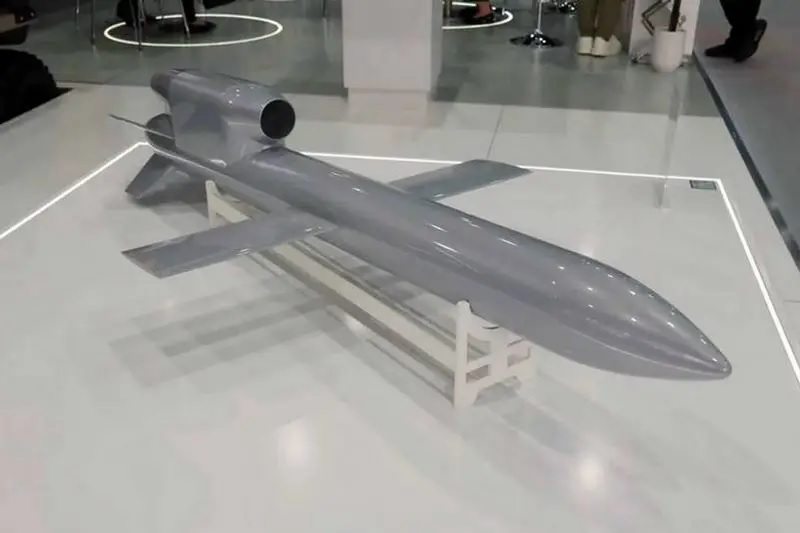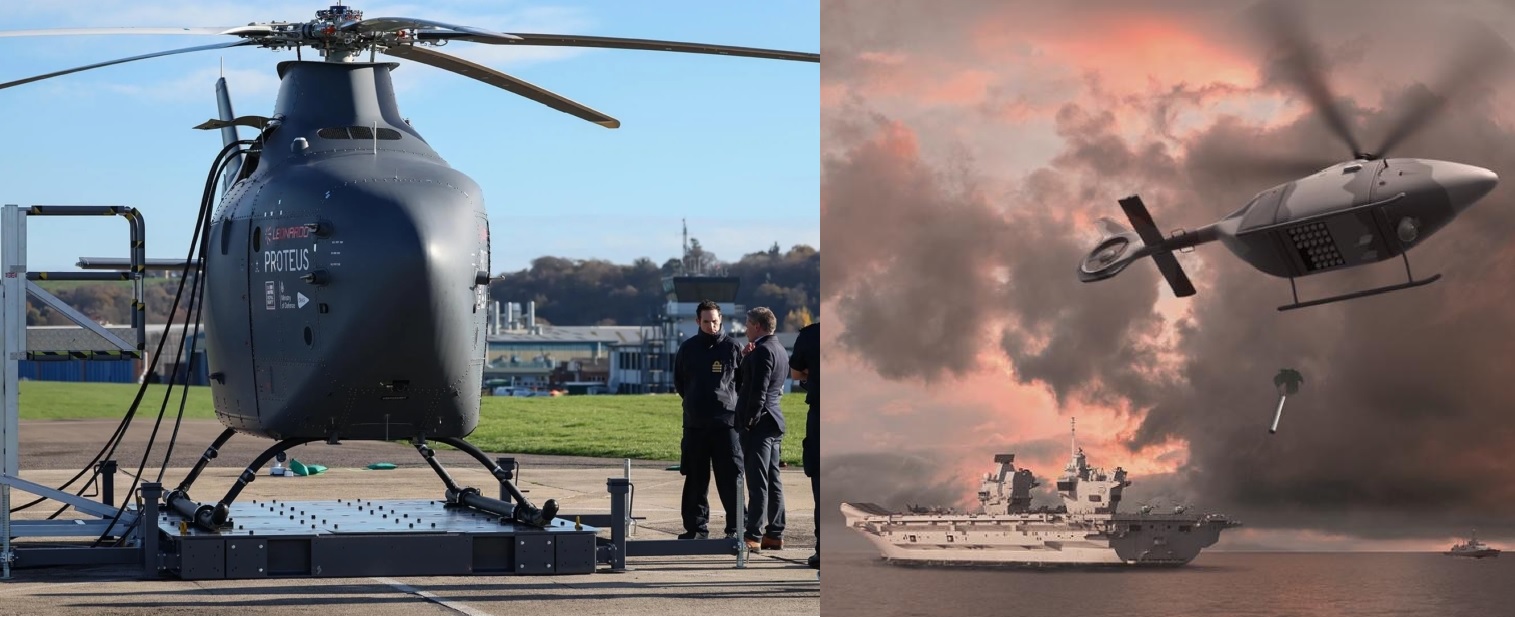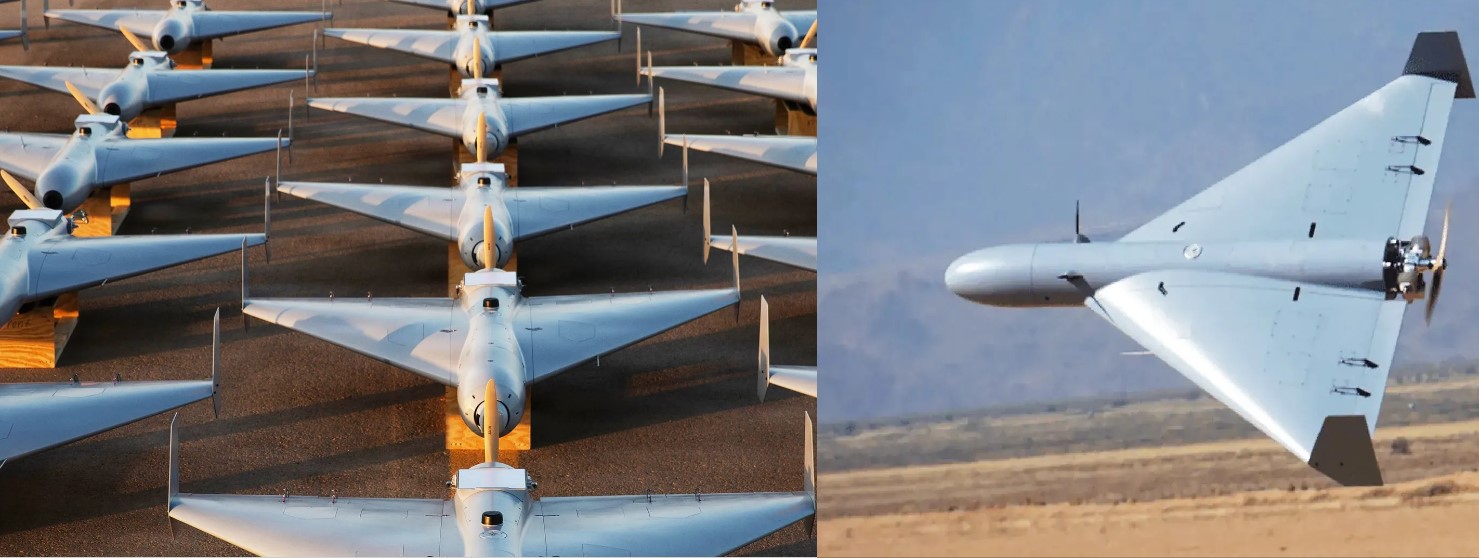Flamingo Dawn: Ukraine’s 3,000 km-Range Cruise Missile Enters Serial Production

On August 17, 2025, a photograph taken by Associated Press photographer Efrem Lukatsky from inside a Fire Point defense facility offered the first public look at Ukraine’s new Flamingo cruise missile. The image showed the weapon in a production workshop and came with the striking claim that the system had already entered serial manufacturing. Most importantly, Lukatsky noted that the Flamingo has a range of more than 3,000 kilometers—a capability that, if verified, places it far beyond the reach of earlier Ukrainian-produced long-range missiles.
The timing of this disclosure is no accident. Kyiv is under pressure as Western arms deliveries have slowed, forcing the country to lean heavily on domestic defense production to sustain its war effort. The Flamingo is presented not only as a new missile, but as a symbol of Ukraine’s determination to expand its own industrial base while countering Russia’s continued strikes on critical infrastructure.
A Missile Resembling the FP-5
Observers were quick to note that the Flamingo strongly resembles the FP-5 cruise missile, a system unveiled earlier this year by the Milanion Group, a defense company with roots in both the UAE and the UK. The FP-5 was displayed at the IDEX 2025 exhibition in Abu Dhabi and advertised as a subsonic, long-range cruise missile with simplified design features to allow rapid production. Technical comparisons between the Flamingo and FP-5 suggest almost identical specifications:
-
Range: about 3,000 km
-
Warhead: roughly 1 ton, twice that of the U.S. Tomahawk
-
Takeoff weight: approximately 6 tons
-
Wingspan: 6 meters
-
Speed: 850–900 km/h in cruise, with peaks near 950 km/h
-
Guidance: inertial navigation backed by satellite systems resistant to electronic jamming
The Milanion design emphasized cost-effectiveness by eliminating folding wings and containerized launch. This simplification required longer pre-launch preparation—between 20 and 40 minutes—but allowed a potential production rate of 50 missiles per month. Ukraine’s Flamingo now appears to be closely linked to this model, a connection reinforced by Milanion’s cooperation agreement with a Ukrainian defense firm signed back in 2021.
Comparison With the Tomahawk
Analysts quickly placed the Flamingo side by side with the U.S. Tomahawk cruise missile. The Tomahawk, in its latest Block IV and Block V versions, has a range of about 1,600 km and carries a 450 kg payload. By contrast, the Flamingo’s specifications suggest nearly double the range and payload, though both missiles share similar subsonic speeds. While Tomahawk benefits from decades of refinement, integration with naval platforms, and specialized variants for maritime strike and hardened targets, Flamingo appears to be entering the fight with raw power and range as its key strengths.
Survivability and Design Concerns
Despite its impressive specifications, questions remain about Flamingo’s ability to survive in heavily defended airspace. Its large size, wide wingspan, and subsonic flight profile make it potentially easier to detect and intercept than smaller or faster systems. Supporters argue that low-altitude flight paths, the use of decoys and drones, and gaps in Russian radar coverage could mitigate these vulnerabilities. Ukraine has already proven it can penetrate deep into Russian territory with converted aircraft and legacy drones, suggesting that a modern cruise missile with advanced navigation could achieve even greater reach.
Open-source analysts have estimated Flamingo’s dimensions from transport trailers, suggesting a total missile length of 6 to 7 meters, a body diameter of about 80 to 90 centimeters, and a wingspan of roughly 5.2 meters. While this makes it a large and visible weapon, it also confirms its heavy payload capacity.
Strategic Impact and Timing
If Flamingo truly achieves its claimed 3,000 km range, it would enable Ukraine to strike virtually any point inside Russia—including Moscow, industrial hubs beyond the Ural Mountains, and even Arctic bases. Beyond Russia, its reach extends as far as Spain or North Africa, placing entire regions under theoretical threat. The timing of Lukatsky’s publication—just before President Volodymyr Zelensky’s scheduled meeting with U.S. President Donald Trump in Washington—suggests that the unveiling carries a political message as much as a military one. It signals Ukraine’s ability to escalate and sustain strikes independently of Western supply lines.
Building a Domestic Arsenal
The Flamingo is part of a broader Ukrainian missile development push. Since 2020, Kyiv has steadily expanded its portfolio:
-
The Neptune missile, originally anti-ship, famously sank the Russian cruiser Moskva in 2022 and has since been adapted for land attack.
-
The Grim-2 (or Hrim-2) tactical ballistic missile is being developed with a range of around 500 km.
-
In 2025, Ukraine tested a new ballistic missile capable of flying 300 km with a 400+ kg warhead, already used against Russian command posts.
-
The Palianytsia hybrid missile-drone, with a 500–700 km range, has been built and fielded domestically.
By April 2025, Zelensky announced that over 40% of frontline weapons and 95% of drones were domestically produced. The Flamingo is thus a logical next step in this growing industrial independence.
Historical Parallels
Some observers noted Flamingo’s resemblance to the German V-1 flying bomb from World War II, which was also a long-range, subsonic cruise missile used in large numbers against London and Antwerp. While the comparison is mostly visual—both feature dorsal engines and straightforward layouts—the historical reminder is clear: even relatively simple cruise missiles can cause major strategic disruption when produced in quantity. Russia’s propaganda channels are likely to exploit this resemblance for disinformation, but the analogy also underscores the strategic utility of mass production.
The emergence of the Flamingo cruise missile underscores Ukraine’s growing ability to design and manufacture complex long-range strike weapons under wartime conditions. If the reported range and payload are accurate, it places Kyiv in possession of one of the most powerful subsonic cruise missiles currently in operation, surpassing even the U.S. Tomahawk in raw range and destructive potential. Whether Flamingo proves survivable in combat remains to be seen, but its existence alone signals a dramatic shift: Ukraine is no longer just relying on Western arms—it is building its own arsenal capable of reshaping the balance of strategic strikes deep into Russian territory.
✍️ This article is written by the team of The Defense News.






